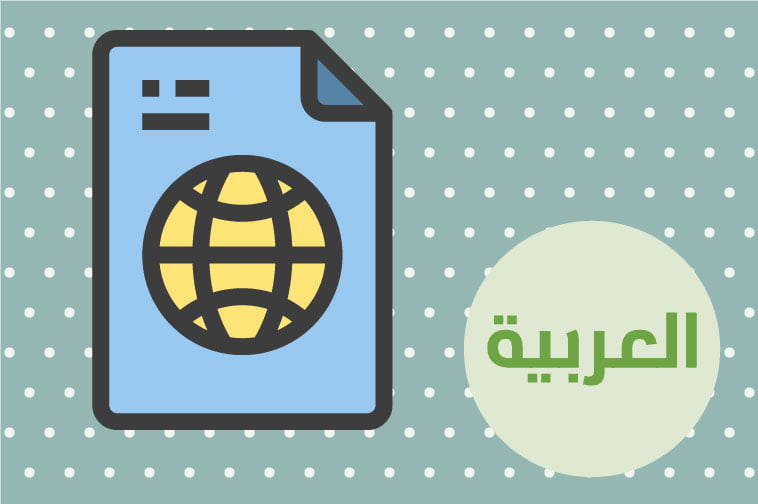Arabic Document Translation
Arabic Document Translation
 Arabic document translation refers to the translation of printed materials such as user guides, medical inserts, financial information, and more from a source language into Arabic. This process may include Arabic desktop publishing, which involves maintaining the formatting specifications of the source documents.
Arabic document translation refers to the translation of printed materials such as user guides, medical inserts, financial information, and more from a source language into Arabic. This process may include Arabic desktop publishing, which involves maintaining the formatting specifications of the source documents.
Different industries generate different types of documentation, and each presents unique challenges when translating. For example, Arabic software translation often involves translation of associated collateral, including user guides, packaging, and marketing materials. The medical industry, on the other hand, requires multilingual inserts and labeling that must be meticulously translated and formatted to ensure accuracy and compliance with international regulations.
Steps in Arabic Document Translation
-
Source File Review, Analysis, and Preparation:
The first step in Arabic document translation is to review the source documentation for the number of words, subject matter and formatting requirements. The source document should then be imported into a translation memory tool such as Trados, which the human translation team will use in order to manage terminology, facilitate consistent translation across all documents, and leverage cost savings by utilizing the translation memory on 100% matches and repeat text. After translation, if formatting is required, the Arabic text is imported into a desktop publishing application in order to be formatted to match the original source document.
-
Project Kick-Off Meeting
A project kick-off meeting should be scheduled for everyone involved in the project to be briefed on their roles and to get a detailed description of the project, including timelines and envisioned challenge areas, if any.
-
Translation of Materials
After reviewing the source documents, the next step is the translation proper. In this stage, documents are translated from the source document into Arabic while adhering to the cultural nuances associated with Arabic. The company you choose for Arabic document translation will require various files and information before proceeding with your project. You should provide all source desktop publishing files (for example: indd, idml, doc, Excel, Framemaker, .qxd, .tif, .doc, and .fm), fonts, and graphics used in the documentation. You should also indicate any graphics or text that are not to be translated (for example, logos, screenshots).
-
Formatting, Editing, and Proofreading of All Texts
After the documents have been translated from the source language into Arabic, it has to be proofread to ensure consistency and accuracy. In this step, spelling errors and meanings are carefully checked to ensure the message contained in the document is cohesive.
-
Formatting, Editing, and Proofreading of All Graphics
In this stage, images are adapted and customized to suit the translated Arabic document; for example, graphics that have English texts and labels will be translated into Arabic.
-
Client Review and Approval
After the document has been proofread, the client should review all documents to ensure accuracy and translation satisfaction.
Types of Documents to Translate into Arabic
As a global business, it is important to have your products and services accessible to all customers. This can be facilitated by translating key documents into Arabic for the Arab market. Here are some key documents to consider translating into Arabic, but these are not limited to:
- User manuals
- Legal Documents
- Marketing materials
- Customer service materials
- Website content
- Financial reports, etc.
Depending on the sector, some documents may be niche-specific. E.g., patient report for the medical industry.
Whether your project is simple, such as a short, single-language fact sheet, or complex, such as a frequently updated, multilingual user guide, your translation company should have solid experience and a comprehensive process as itemized above. GPI’s Arabic document translation follows a comprehensive process to ensure the highest quality Arabic translation.
© Copyright 2026 Globalization Partners International.
® All Trademarks are the property of their respective owners.
All graphics used in this report were provided by Flikr, Google Images and other free internet resources for pictures.